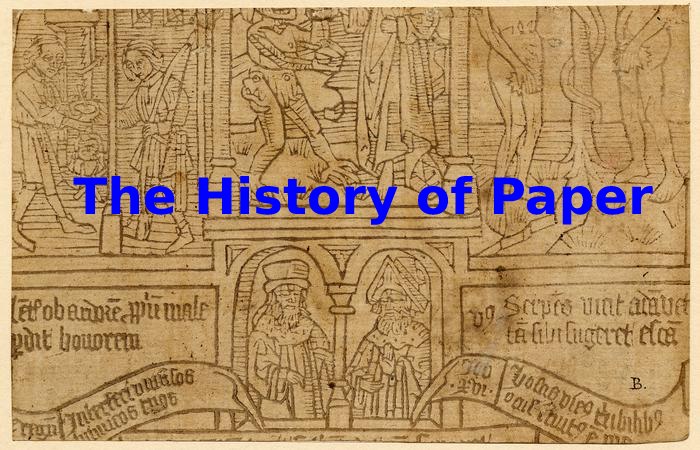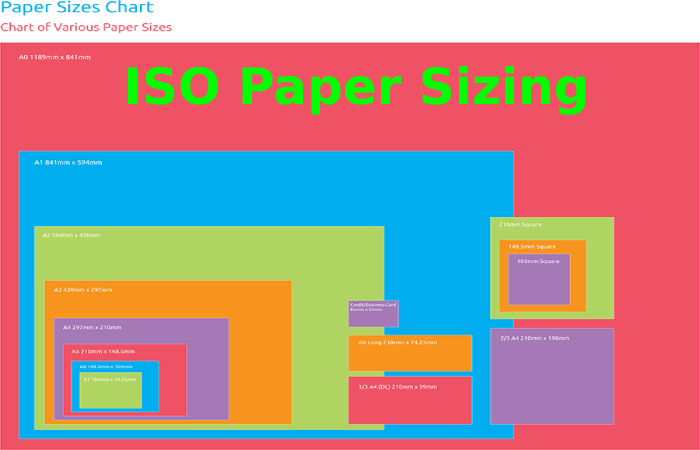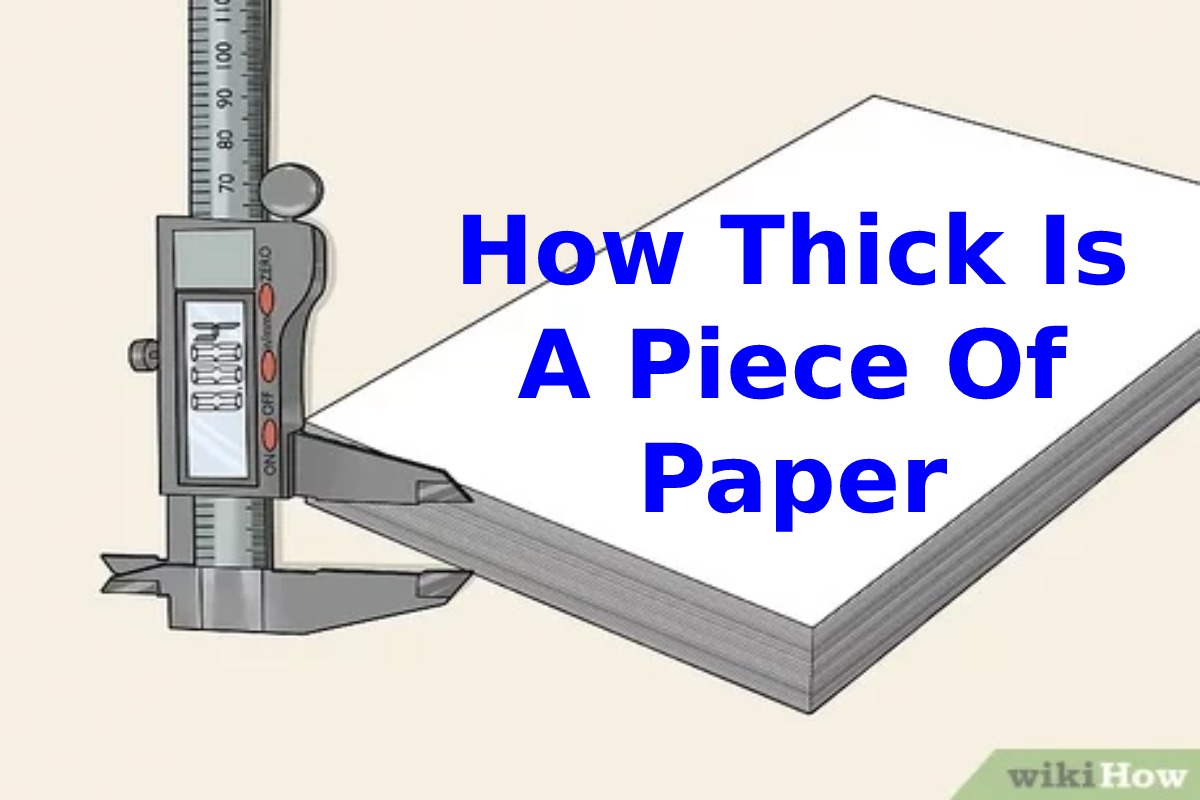How Thick is a Piece of Paper – Throughout the history of humanity, writing has always been a means of conveying messages. Traditionally, prehistoric people wrote and drew on cave walls to pass the information on to the next generation and educate their children on survival methods.
This moral instinct for education led to the papyrus and clay writing platforms; this platform made it possible to convey messages and preserve history. With the advancement of man, we develop the role. It became the only way to keep the information where the books are printed on paper, and other advertising information for classroom learning purposes uses the form to this day.
The History of Paper

The newspaper’s history dates back to the earliest papermaking strategies recorded in China during the Eastern Han period (AD 25-220), with the court executive Cai Lun knowing him. The Islamic world adopted the Chinese papermaking strategy in the 8th century; At this time, Islam incorporated pulp mills or paper mills to make money and paper.
The Sizing History of Paper
The paper size appears when developing or manufacturing the sheet of paper. Different cultures have produced a play in different ways. For example, the sheet of paper is made for ancient Greek papyrus by cutting thin ribbon-like strips inside the Cyprus papyrus and laying them side by side to form aboard.
In addition, a second coat is applied, the bands being perpendicular to the first. After that, the two layers joined to form on board. The result is remarkable, but the surface is irregular, especially at the edges of the strips. When used on rolls, the tapes unraveled after repeated winding and unwinding, usually along vertical lines. Numerous ancient documents on papyrus bear witness to this influence.
ISO Paper Sizing

ISO 216 is a worldwide standard for measuring paper size, except for the North American and other Latin states. The unit specifies it as a sequence of “A,” “B,” and “C” paper size, which includes A4 papers, which is a standard paper size around the world. The supplemental specifications ISO 217 and ISO 269 describe a similar sheet format; ISO 269 “C” goes hand in hand with sizes B, and A. Paper size standards govern the size of sheets of paper implemented in writing, classroom tools, maps, and some printed materials.
Thickness of Paper
The weight of the paper is a familiar identifier. American weight refers to the heaviness of a ream made up of packages of five hundred sheets of various “base sizes,” which is the size before division and sale to customers.
Manufacturers Standard Measurement:
Manufacturers can divide sheets of paper. For example, one sheet measuring seventeen by twenty-two inches (432 by 559 millimeters) in four sheets of paper measuring twelve by eleven inches (216 by 279 millimeters) is the standard for professional stationery. As a result, the seventeen by twenty-two inch (432 by 559 millimeter) ream of paper became common. Manufacturers created the twenty-five by thirty-eight inch (635 by 965 millimeter) booklet volume. Because it is easy to divide into sixteen six by nine-inch (152 by 229 millimeter) books. Lossless leaves.

